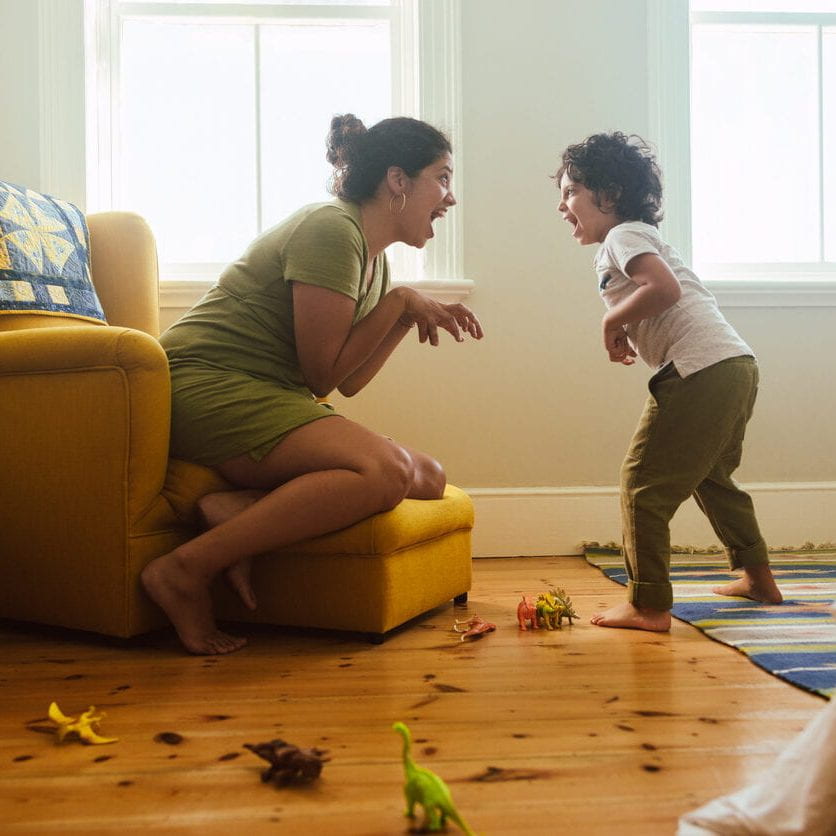
There has been a lot of discussion about sensory systems and how they affect the daily lives of our children. The sensory system can impact a child’s development through its effect on coordination. There are many levels of coordination and many different meanings of this term.
Motor coordination not only involves what we can see -for example, a child running or jumping – but also the tactile or touch system, the vestibular or inner ear system, and the visual systems.
Motor coordination is the ability of a person to move multiple parts of their body or their entire body together through their environment. Motor coordination not only involves what we can see -for example, a child running or jumping – but also the tactile or touch system, the vestibular or inner ear system, and the visual systems. These senses work directly with the musculoskeletal system (bones, muscles, ligaments, and tendons) to tell a child’s brain when to move, how fast to move, and what parts of the body are required to successfully complete the movement.

Let’s imagine you are running across a playground. Your visual system tells you which way to go and identifies obstacles in your path. It may also tell you that there is a big crack in the sidewalk that you need to step over. Or, it may identify that your target (probably your child) has changed directions, signaling to your body that you need to change your path in order to meet him or her. As you move, your vestibular system registers where your body is in space. There may be a slope in your path, forcing you to run downhill. Your vestibular system senses the shift forward and signals to your muscles to change the type of contractions needed and the angle of your joints to slow your descent so that you don’t fall forward. Your tactile system may notice that you have left the firm sidewalk, and transitioned to an uneven surface, such as sand, rocks, or mulch. This information triggers your musculoskeletal system to adapt the muscle fibers to respond to the uneven landing so that you can (hopefully) avoid rolling an ankle. All of this occurs almost spontaneously and works directly in conjunction with your musculoskeletal system to help keep you safe and moving effectively.
We have all heard the term “clumsy” or “accident-prone” to describe a person who often stumbles, drops things, or struggles to maneuver through their environment. Often, this description refers to an actual lack of effective coordination. When we step back and look at all of the variables that need to work together in order to “coordinate” a task, it is easy to appreciate how minor misperceptions by our sensory systems can lead to clumsiness or accident-prone behavior. Fortunately, there are many children’s games and activities that aim to improve coordination. Here are some examples.

Imaginative play, such as role playing as animals, can incorporate many different motor skills, which can be expanded to improve problem-solving, communication skills, and verbal skills. Moving like bears, frogs, elephants, cats and dogs will encourage your child to move their arms and legs in unison. It encourages them to change the position of their head from how they normally see the world to engage their visual system when they’re moving forward. It also requires them to rotate at their trunk. Trunk rotation and moving across the midline of their body uses both sides of the brain together and awakens the vestibular system. Once children learn to transition from crawling to walking, they stop weight bearing through their arms. The sensory feedback of bearing weight through your arms and being upside down encourages muscle development in the shoulders, trunk, and hands. This strengthens the muscles required for fine motor coordination and triggers the vestibular system.
Another fun activity is to create an obstacle course for your child to work through. This can be done with chalk on the sidewalk or indoors with just a few household items. Examples include walking on chalk lines (make them curved to add a challenge), climbing over an ottoman or under a table, jumping over toys or jump ropes, and walking over uneven surfaces, like pillows or grass. These kinds of games change the direction in which your child moves their body, such as up, down, side to side, over, under, or even in circles. This requires multiple sensory systems that are key to building coordination. You can also challenge them to do things on one leg, such as hopping or balancing. This not only improves balance, but also builds strength in the muscles of the hip, knee, ankle, and even the tiny muscles in the foot.
There are many ways to improve your child’s coordination. It can be as simple as chasing bubbles in the backyard or as complicated as building an obstacle course in your home. Either way, it is a highly beneficial activity that will pay dividends as they grow. Whether it is carrying groceries up the stairs and into the house or someday chasing their own child across a playground, coordination is central to everything that we do.